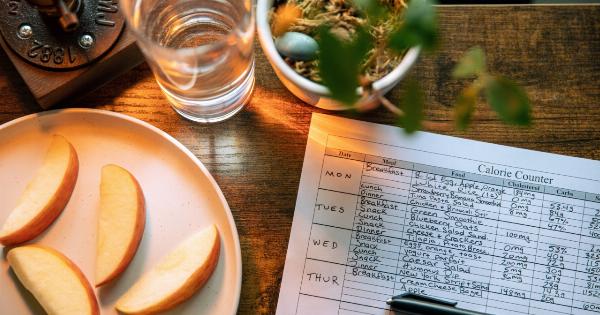Diabetes is a chronic disease that affects more than 400 million people worldwide. It is a disease that affects how your body uses blood sugar (glucose). Blood sugar is the main source of energy for your body and is obtained from the food you eat.
Insulin is a hormone that helps your body use blood sugar for energy. In diabetes, your body does not produce enough insulin or does not use it effectively, leading to high levels of blood sugar in your body.
Importance of food labels
Foods that are high in sugar and carbohydrates can cause your blood sugar levels to rise. Therefore, it is essential to read food labels carefully to understand what you’re eating.
Food labels provide essential information about the nutritional content of the food you’re eating. They list ingredients, the number of calories, the serving size, and the amount of carbohydrates, fats, protein, and fiber in the food.
How to read a food label?
The following are important things to look for on a food label when you have diabetes:.
Serving size
The serving size on the label is the amount of food that is considered one serving. This is essential because all the nutritional information on the label is based on one serving of food.
Calories
Calories are a measure of the amount of energy in the food. If you are trying to lose weight, it’s important to keep track of the number of calories you are consuming.
It is best to consult a dietitian to determine the number of calories you need to maintain a healthy weight.
Carbohydrates
Carbohydrates are an essential nutrient, but they can also raise your blood sugar levels. It’s important to keep track of the number of carbohydrates you consume every meal if you have diabetes.
Look for the total number of carbohydrates in the serving size listed on the label.
Fiber
Fiber is a type of carbohydrate that your body can’t digest. It helps regulate blood sugar levels, promotes bowel movement, and lowers cholesterol. Look for the amount of fiber per serving and aim for high fiber foods.
Fat
Fats are an essential nutrient that provides energy, insulates the body, and helps with hormone production. However, some types of fats can raise cholesterol and increase the risk of heart disease.
Limit your intake of saturated and trans fats, and choose foods with healthy fats, such as monounsaturated and polyunsaturated fats.
Sodium
Sodium is an essential mineral that helps regulate blood pressure, but most people consume too much sodium in their diets. High sodium intake can increase the risk of high blood pressure, heart disease, and stroke.
Aim for foods with low sodium content as much as possible.
Sugar and artificial sweeteners
Sugar and artificial sweeteners are used to add flavor to food. If you have diabetes, you must keep track of the sugar content in food. However, some food labels also list the sugar alcohol content.
Sugar alcohols are a type of sweetener that does not raise blood sugar as much as sugar does. Some examples of sugar alcohols include xylitol, sorbitol, and erythritol. Be cautious of the ‘sugar-free’ labels as they may still contain sugar alcohols.
Ingredients
Food labels list all the ingredients used to make the food. The ingredients are listed in order of the amount used in the food.
If you have allergies or intolerance to certain foods, it is important to read the ingredients list to make sure it does not contain any of the foods you are allergic to.
Nutrition claims
Food labels may include claims such as ‘Low Fat,’ ‘Low Calorie,’ ‘High in Fiber,’ or ‘Reduced Sodium.’ These claims are regulated by the government and help you make informed decisions about the food you’re consuming. However, it’s essential to read the nutrition facts label as well to make sure the claim is accurate and to get the full nutritional picture of the food.
Conclusion
Diabetes requires careful management of blood sugar levels. Reading food labels carefully can help you make informed decisions about the foods you’re eating.
Look for the total number of calories and the amount of carbohydrates, fiber, fat, and sodium in the food. Avoid foods with high sugar and fat content and aim for high fiber and low sodium foods. It’s important to consult a dietitian to create a healthy meal plan that fits your lifestyle and medical needs.






























